
Be it any celebration, milestone, or special occasion, champagne nerve fails to be the first choice sparkler, drenching every moment with its joyous, effervescent golden mousse.
Typically boasting a champagne alcohol content of 12%, though subject to variation due to numerous factors in champagne-making practices, champagne holds a special allure. Whether you’re a devoted fan of bubbles or an occasional drinker, what this flagship French bubbly captivates with is the warm and fuzzy feeling that follows each sip, seemingly lifting the celebratory spirits with giggles and happiness. Even though, from time to time, stubborn after-party hangovers might knock you down.
If you’re curious about does champagne have alcohol, then this blog post about how much alcohol is in champagne has you covered. Come, delve into uncovering the ABV of champagne, the factors influencing it, whether champagne alcohol percentage gets you drunk, its strength compared to other wines and drinks, as well as its potency across different pour sizes and brands.
This exploration of how much alcohol does champagne have in it isn’t just if you are curious; it will let you keep the bubbly fever in check until next time, whether you're celebrating a special occasion or want to practice moderation in drinking sparkling wine.
This Blog Contains:
- Alcohol Percent Of Champagne
- What Makes Champagne an Alcoholic Drink?
- Which Factors Influence the Alcohol Content of Champagne?
- How Much Champagne To Get Drunk?
- How Much Alcohol Is In a Bottle Of Champagne?
- How Much Alcohol In Champagne Glass?
- Alcohol in Champagne VS Red Wines, Whites & More
- Alcohol in Champagne VS Other Sparkling Wines
- Alcohol in Champagne VS Beer
- Alcohol in Champagne VS Spirits
- How Much Alcohol is in the US-Based “Champagne”?
- How Much Alcohol is in Belaire Champagne?
- Alcohol Content in Top Champagne Brands
Alcohol Percent Of Champagne
In the vast spectrum of wines, alcohol content varies widely, ranging from as low as 5.5% to as high as 23%. Specifically, to answer the question of how much alcohol champagne has, the alcohol percent of champagne typically falls between 11% and 13%, with the average champagne bottle containing around 12% ABV. This places this renowned French bubbly within the category of medium-alcohol wines.
To clarify, ABV (Alcohol by Volume) represents the percentage of alcohol in a given beverage. Thus, when we state that the ABV of champagnes averages 12%, it means that each champagne bottle contains 12% pure alcohol. Other terms synonymous with ABV include alcohol content, alcohol percentage, alcohol volume, strength, and alcohol strength. In some countries, particularly in the United States, alcohol is sometimes measured in “proof,” which is double the ABV. Therefore, if the ABV of champagne is 12% on average, the corresponding proof would be 24.
What Makes Champagne an Alcoholic Drink?
All wines are produced via the yeast fermentation process, which basically means that the grapes selected to make the wine are fermented with the addition of a microscopic fungus called yeast. This yeast extracts energy from the natural grape sugar and produces alcohol and carbon dioxide as waste. However, in the case of champagnes, the grapes used—usually Pinot Noir, Pinot Meunier, and Chardonnay—are not sugar-laden and, hence, don’t offer enough sugar for the yeast to consume.
After the first round of fermentation, produces a wine with only 9% champagne alcohol percentage, with minimal bubble production. To achieve the renowned effervescence, winemakers employ the so-called Methode Champenoise, the traditional method of champagne making that involves a two-stage fermentation process. They add a small amount of extra sugar—either cane or beet—and more yeast. Then, they cap the bottle, allowing the second fermentation to occur within it, resulting in the yeast producing more alcohol (usually around 12%) and carbon dioxide, which creates the bubbles.
The yeast cells also die and digest themselves, producing molecules responsible for the subtle toasty and yeasty flavors we all cherish in the taste of champagne.
Which Factors Influence The Alcohol Content Of Champagne?
While the alcohol percent of champagne is leftovers from sweet toothed yeast, there are numerous factors that can significantly influence—how much alcohol does champagne have? Let’s uncover them together:
-
Grape Variety: The selection of grape varieties significantly influences the alcohol content of champagne, as each varietal possesses a distinct level of sugar and acidity. A higher sugar content results in champagne with high alcohol content due to the higher chances of alcohol production after yeast fermentation. For instance, choosing Chardonnay typically yields a lower ABV compared to Pinot Noir, which is higher in sugar.
Conversely, grapes with higher acidity, such as Pinot Meunier, tend to produce lower alcohol content champagne, as they tend to ferment slower than grapes with lower acidity, such as Pinot Noir. In cases of blending, where multiple grape varieties are used, alcohol levels are typically balanced out to achieve a desired overall profile, with the final ABV influenced by the proportions of each grape variety utilized.
-
Climate and Weather Conditions: Within the Champagne region, where champagne production is permitted, there are five subregions, each contributing to a mosaic of climates. In colder sub-regions like Montagne de Reims, grapes often struggle to ripen fully, leading to lower sugar levels and consequently low champagne alcohol content following yeast fermentation. Conversely, in warmer sub-regions such as Côte des Bar, grapes ripen more easily, resulting in high sugar levels and thus a champagne with high alcohol content.
-
Harvest Timing: The timing of the harvest also largely answers "how much alcohol does champagne have," as it determines the grapes’ levels of ripeness in terms of sugar content, acidity, and other factors. Harvesting too early can result in insufficient sugar levels, leading to lower alcohol formation upon yeast fermentation, and vice versa. Therefore, winemakers carefully consider their harvesting decisions, as even minor variations in timing can have significant consequences.
-
Fermentation Process: Winemakers have the ability to influence the champagne content of alcohol by carefully managing the fermentation process.
-
Temperatures: The temperature at which fermentation occurs significantly impacts the alcohol by volume (ABV) of champagne. Warmer temperatures accelerate fermentation, resulting in champagne with high alcohol content, whereas cooler temperatures slow down the process, leading to low champagne alcohol content.
-
Yeast Selection: The choice of yeast also plays a crucial role in fermentation kinetics and alcohol production. Different yeast strains possess varying characteristics, including alcohol tolerance and flavor production. Some strains may produce higher alcohol levels, while others may emphasize aromatic or textural qualities.
-
Fermentation Vessel: As we know, the vessel used for fermentation can influence the wine’s flavor profile. Stainless steel tanks provide a neutral environment, preserving fruit purity, while oak barrels can impart additional flavors and textures to the wine. They can also influence the champagne alcohol content. The size and shape of these fermentation vessels can affect temperature control and yeast activity, ultimately impacting the alcohol content of champagne.
-
How Much Champagne To Get Drunk?
With an alcohol percentage in champagne hovering around 12%, champagne can certainly get you drunk. On average, it takes about 3 glasses of champagne to intoxicate an adult. What might surprise you is that champagne can get you drunk faster, as it is a carbonated alcoholic drink that can cause an earlier spike in your blood alcohol concentrations than when drinking still drinks.
The millions of bubbles trapped in champagne bottles facilitate a faster absorption of alcohol in the bloodstream. According to a champagne study by Oxford Academic, it only took 5 minutes to trace the alcohol spikes in the participants following consumption of champagne, as opposed to around 15 minutes for a flat champagne. A study found that champagne alcohol content leads to quicker intoxication compared to non-carbonated drinks.
So, next time you pour yourself a glass of bubbly, especially in those tall and narrow flutes designed to preserve bubbles, take a mental note to take it easy. Avoid binge drinking, as consuming one pour after another of any alcoholic drink in a short span of time increases the likelihood of rapid intoxication. Practice moderation; opt to sip your glass of champagne slowly, aiming for around one drink per hour to keep your head clear and not fall into a drunken stupor.
How Much Alcohol Is In a Bottle Of Champagne?
As discussed, within the range of 11% to 13%, the average alcohol percent of champagne is approximately 12%. To determine how much alcohol is in a champagne bottle, simply refer to its label and locate the Alcohol by Volume (ABV) imprint.
For example, consider this label of Moet & Chandon Brut Imperial Champagne 750ml, which displays the average ABV of all champagnes, which is 12% ABV.

Are you a math geek with an oenophile side? If so, let’s borrow this 750ml-Moet bottle and explore its 12% ABV in fun ways:
Alcohol Content By Volume In a Champagne Bottle:
Though the ABV is percentage driven, you can easily calculate the alcohol content of a champagne in terms of volume, such as milliliters (ml) or liters (L)
Alcohol Volume (ml) = Total Volume x ABV
= 750 ml x 12%
= 750 ml x 12/100
= 90 ml
Alcohol Content By Mass In a Champagne Bottle:
Apart from volume, the alcohol content of champagne is often stated in terms of mass, such as (g) or kilograms (kg), which is relevant when considering the density or website of alcohol.
Alcohol Mass (g) = Alcohol Volume (ml) × Density of Alcohol (g/ml)
= 90 ml x 0.789 g/ml
= 71.01 g
(Note — Density of Alcohol is approximately 0.789 g/ml)
Alcohol Content By Energy In a Champagne Bottle:
To keep your snob side in check, we can also inform you how champagne alcohol content is calculated in terms of energy, in kilojoules (KJ) or kilocalories (Kcal), reflecting the energy value of alcohol when metabolized by the body.
Energy Content (Kcal/g) = Alcohol Mass (g) x Energy Content of Alcohol (Kcal/g)
= 71.01 g x 7 Kcal/g
= 497.07 Kcal
(Note — Energy Content of Alcohol is approximately 7 Kcal/g)
So this was the procedure: if you happen to have another bottle of champagne on hand, you know how to identify its ABV and calculate its alcohol content from various perspectives.
Whether you’re considering a champagne bottle with a different ABV, such as Moet & Chandon Vintage 2013 Champagne 750ml with an ABV of 12.5%, or one with a different size, like Moet & Chandon Brut Imperial Magnum Champagne, which has the same ABV of 12% but a volume of 1.5 L.
How Much Alcohol In Champagne Glass?
Champagne's average ABV is the same whether served in a glass or a bottle. However, according to serving etiquette, a standard bottle of champagne (750 ml) serves around 6 glasses, resulting in each glass of champagne having 1/6th the alcohol content by volume, mass, and energy as the bottle.
For example, we know how much alcohol is in a Moet bottle; here is a simple calculation of its alcohol content based on volume, mass, and energy in each glass:
Alcohol Content By Volume In a Glass of Champagne:
= Alcohol Content By Volume In a Champagne Bottle ➗ 6 = 90 ml ➗ 6 = 15 ml
Alcohol Content By Mass In a Glass of Champagne:
=Alcohol Content By Mass In a Champagne Bottle ➗ 6 =71.01 g ➗ 6 =11.83 g
Alcohol Content By Energy In a Glass of Champagne:
=Alcohol Content By Mass In a Champagne Bottle ➗ 6 = 497.07 Kcal ➗ 6 =82.84 Kcal
Remember that each bottle size serves a different number of glasses. For instance, if you choose a Magnum-sized Moet bottle, it will contain the same ABV (Alcohol By volume) but serve 12 glasses, which is literally double the amount compared to a standard bottle serving 6 glasses. Therefore, to calculate the alcohol content by volume, mass and energy in each glass, division must be done by 12 and not 6.
For quick assistance here, you can refer to our blog post on “How Many Glasses Of Champagne In A Bottle.”
Alcohol Content in a Bottle vs. a Glass of Champagne
|
Quantity |
Alcohol By Volume |
Alcohol By Mass |
Alcohol By Energy |
|---|---|---|---|
|
Standard Bottle Of Champagne (750ml) |
90 ml |
71.01 g |
497.07 Kcal |
|
Glass Of Champagne |
15 ml |
11.83 g |
82.84 Kcal |
Alcohol in Champagne VS Red Wines, Whites & More
In general, champagne alcohol content is less than that of a wine!
As mentioned earlier, the alcohol by volume (ABV) range of wines is vast, spanning from as low as 5.5% to as high as 23%, allowing the wine world to oscillate along the wide pendulum of tipsiness. Champagne, with its average ABV of 12%, typically maintains a mid-level position flexibility between 11% and 13%, while other wine types fluctuate, sometimes reaching lows and highs hovering around the mid-range, experiencing close to both ends of the ABV spectrum.
Wines with a lower ABV than champagne often exhibit characteristics such as a light body (like Riesling and Pinot Grigio), high residual sweetness from yeast fermentation, or originate from colder terroirs such as Germany and New Zealand, resulting in lower ripeness and hence fewer sugars available for alcohol production.
Conversely, wines with higher ABVs than champagne tend to have fuller bodies (like cabernets and zinfandels), lower sweetness (like a dry Chardonnay), and come from warmer regions such as Argentina and Australia, or they may be fortified (a neutral spirit is usually added to wines to increase the alcohol content).
When comparing the ABV ranges of different still wines with champagne, it’s worth noting that whites and ice wines tend to have lower alcohol content compared to champagne. Conversely, reds, roses, desserts, and fortified wines generally have a higher alcohol content. However, despite its often higher ABV, champagne can be deceptive with its effervescence, as those mischievous bubbles let bubbly hit straight to the head.
- ABV Range of Red Wines-12%-15%
- ABV Range of White Wines-9%-13.5%
- ABV Range of Rose Wines-10.5%-13.5%
- ABV Range of Dessert Wines- 14%-20%
- ABV Range of Fortified Wines-15%-22%
- ABV Range of Ice Wines-8%-13%
Alcohol in Champagne VS Other Sparkling Wines
As you already know, champagne is middle-of-the-road in strength. However, how does its ABV compare to other sparkling wines such as Prosecco, Cava and Sekt? Are there significant variations? Let’s find out:
- Prosecco- Sparkling wine from Italy, has an alcohol level of 11%-13%, known for its light and fruity flavor profile. It makes a perfect swap when you are looking for a medium alcohol sparkling wine like champagne but in a low price range.
- Asti- Sparkling wine from Piedmont, Italy has an alcohol level of 7% - 9%, known for its sweet and floral characteristics. It is ideal for those with a lower alcohol tolerance.
- Franciacorta- Sparkling wine from Lombardy, Italy,has an alcohol level of 11%-13%, known for its complex flavor profile with notes of bread crust and ripe fruits.
- Cava- Sparkling wine from Spain, has an alcohol level of 12.5%-13.5%, known for its crisp acidity and citrusy notes.
- Sekt- Sparkling wine from Germany, has an alcohol level of 10%-12%, known for its aromatic profile with varying levels of sweetness.
- Cremant- Sparkling wine from various regions of France but Champagne, has an alcohol level of 10%-12%, known for its fine perlage and elegant taste profile.
So these are the sparkling wines, along with their respective ABV ranges, highlighting minute differences in strength compared to alcohol percent of champagne. You can choose one over the other for its unique characteristics, but remember that each can knock you down quickly due to their carbonation-induced bubbles.
Alcohol in Champagne VS Beer
Beers are the go-to choice for many when it comes to alcoholic drinks, frequently gracing social occasions, whether it’s unwinding after a long day, adding a fun element to weekends, or enlivening social gatherings like parties and barbecues. Beer’s charm lies not only in its refreshing taste but also in its mild alcohol content. Unlike champagne, which packs a higher alcohol punch, beer unfolds ABV in the range of 4%-6%, making it less likely to cause intoxication quickly despite its carbonation.
Alcohol in Champagne VS Spirits
When comparing champagne’s strength to that of spirits, there’s a stark contrast. Spirits, also known as hard liquor or distilled beverages, typically have much higher ABV percentages compared to alcohol percent of champagne, leaving the bubbles far behind in the race when sipped neat.
Here’s a quick comparison:
- ABV Range of Vodka: 40%-50%
- ABV Range of Rum: 40%-75%
- ABV Range of Whiskey: 40%-60%
- ABV Range of Gin:40%-50%
- ABV Range of Tequila: 35%-55%
- ABV Range of Brandy:35%-60%
How Much Alcohol is in the US-Based “Champagne”?
Though champagnes are sparkling wines crafted exclusively in the Champagne region of France, numerous wineries based in the United States market their sparkling wines as champagnes under their brand names or product labels. It's like the emulation of a prestigious tradition. Some of those renowned brands include Andre Champagne, Korbel Champagne, Barefoot Wine and Cook’s Champagne.
Let’s delve into each one’s alcohol content:
-
How Much Alcohol Is In Andre Champagne?
André Champagne offers seven types of sparkling wines with an ABV range of 6.5%–10.5%. Its classic varieties, Brut, Extra Dry, and Blush, contain a higher alcohol percentage than the fruity flavor options such as strawberry and peach passion.
-
How much alcohol is in Barefoot Bubbly champagne?
Marketing its sparkling wines as champagnes, or more precisely, as California champagne, Barefoot Bubbly Champagne boasts an alcohol range from 10.5% to 11.5%.
How Much Alcohol is in Korbel Champagne?
Korbel Champagne is renowned for its sparkling wines known for their effervescence and quality. The alcohol content in Korbel Champagne typically ranges from 11% to 12.5%, reflecting its consistent craftsmanship.
How Much Alcohol is in Cook’s Champagne?
Famed for their affordable yet delightful sparkling wines, Cook’s Champagne typically contains an alcohol content ranging from 11% to 13%, maintaining a balance between flavor and potency.
How Much Alcohol is in Belaire Champagne?
Like many American wineries that use the prestige of "champagne" in their name for marketing, Luc Belaire, a French sparkling wine manufacturer based in Burgundy, creates wines that are essentially namesakes promoted as Champagnes. Famed for their exquisite taste and elegant packaging, the alcohol content in Luc Belaire Champagne is typically 12.5%.
Alcohol Content in Top Champagne Brands
Let's explore the alcohol content present in bottles from renowned champagne brands, known for their bubbly appeal that adds a spark to everyday celebrations. These top-quality beverages often serve as the centerpiece of joyous occasions, enticing enthusiasts with their exquisite taste and effervescence.
-
How Much Alcohol Is In Moet Champagne?
Moet & Chandon champagne house, famed for its elegance and quality, serves its champagnes in the ABV range of 12% to 12.5%. Have a look at this table with each side answering how much alcohol Moet champagne has across its famed expressions:
-
How Much Alcohol Is In Dom Pérignon?
Dom Pérignon, famed for its cult of luxury champagne-only prestige, serves its champagnes in the ABV range of 12.5% to 13%. Have a look at its famed vintage with its respective alcohol content:
-
How Much Alcohol Is In Veuve Clicquot?
Veuve Clicquot Champagne House, famed for its tradition and excellence, serves its champagnes in the ABV range of 12% to 12.5%. Come, let's explore its tipsy spectrum in its iconic yellow:
Do You Know Alcohol in Champagne Is Relational To Its Calories? Curious, Right?
Check out our Recent Blog That Unlocked this Mystery.
Just like the dosage in a champagne bottle, its alcohol content proportionally influences its calorie count, with each ml of pure alcohol accounting for 5–6 calories. So, if you are running calorie-conscious, you must be aware of the alcohol content in the champagne you are sipping. For information on how many calories in champagne, click on this recent blog post of ours.
Final Thoughts
On a parting note, We hope this blog post answered all your questions about does champagne contain alcohol?, how much alcohol is in champagne, and how champagne alcohol percentage compares to other drinks. Remember that bubbles do epitomize celebratory indulgence, but practicing moderation is key to enjoying responsibly.
Frequently Asked Questions About Champagne Alcohol Content:
Is champagne the strongest alcohol?
No, champagne is not the strongest alcohol; it typically has a lower alcohol content in comparison to spirits like vodka and whiskey.
Can 1 glass of champagne get you drunk?
It's unlikely that one glass of champagne will get you drunk unless consumed very quickly or if you have low tolerance. On average, it takes about 3 glasses of champagne to intoxicate an adult.
-
How much alcohol in champagne glass?
The alcohol content in a standard glass of champagne is around 12%, or around 15 ml, as per standard pouring size of 125 ml per glass.
-
How many shots equal a bottle of champagne?
It varies depending on the size of the shots, but typically, a standard bottle of champagne (750 ml) contains about 5 to 6 standard shots.
-
Does champagne get you drunk fast?
Yes, champagne can lead to quicker intoxication as the carbonation-induced bubbles lead to faster alcohol absorption in the bloodstream.
-
Why is it so easy to get drunk on champagne?
Champagne can contribute to faster intoxication due to its carbonation, which can accelerate alcohol absorption, along with its typically lower alcohol content compared to spirits.
-
Is champagne stronger than wine?
In comparison to wines, champagne generally has a lower alcohol content and is designated as a medium-alcohol wine.
-
Is Champagne a healthier alcohol?
In moderation, champagne can be considered healthier due to lower alcohol and calorie content compared to many other alcoholic beverages.
-
Does Champagne get you drunk faster than vodka?
Champagne may not get you drunk faster than vodka because, in comparison, it has a much lower alcohol content, not even letting the bubbles help win the game.
-
Are there any wine tours or tasting experiences available in Napa Valley for Cabernet Sauvignon enthusiasts?
Yes, Napa Valley offers a wide range of wine tours, tastings, and experiences tailored to Cabernet Sauvignon lovers. Visitors can explore iconic wineries, vineyard estates, and tasting rooms throughout the region, where they can sample a diverse selection of Napa Valley’s finest Cabernet wines.
-
What alcohol is the hardest to get drunk on?
The alcohol that's hardest to get drunk on varies depending on individual tolerance and metabolism, but beverages with lower alcohol content or those consumed slowly, like beer or certain cocktails, might be harder to get drunk on for some people.















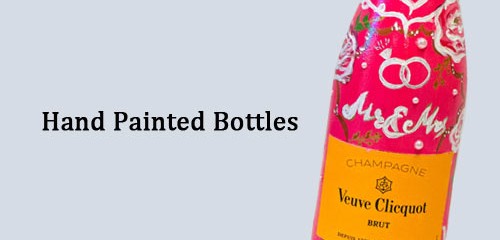
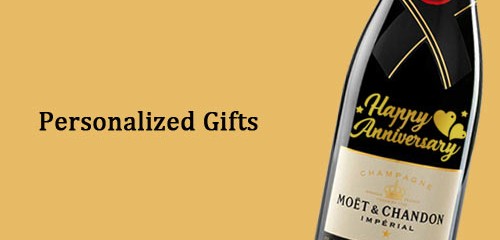
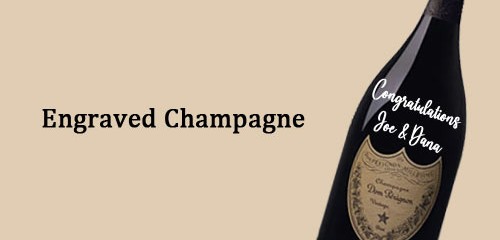




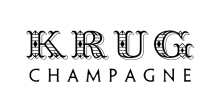



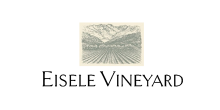

















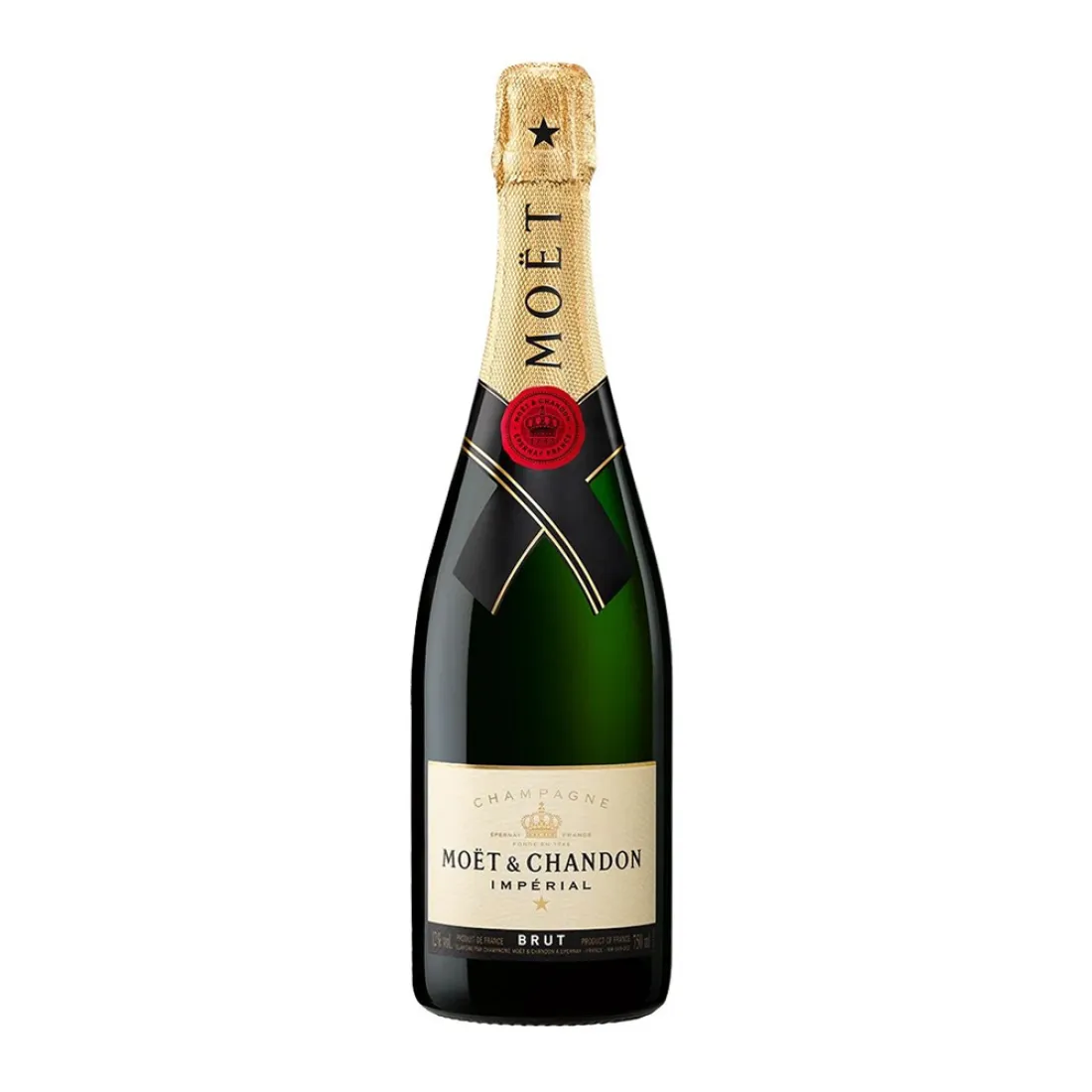
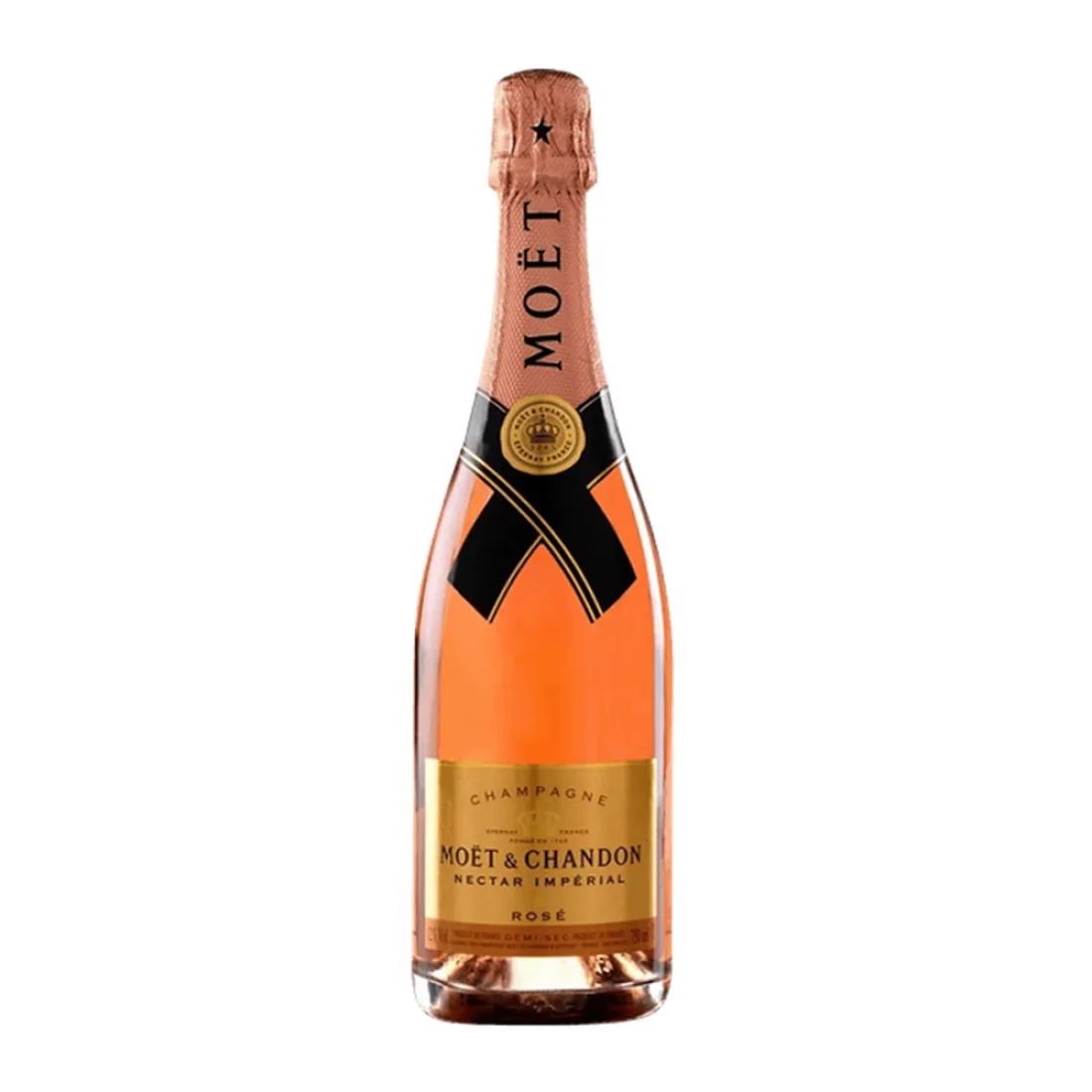
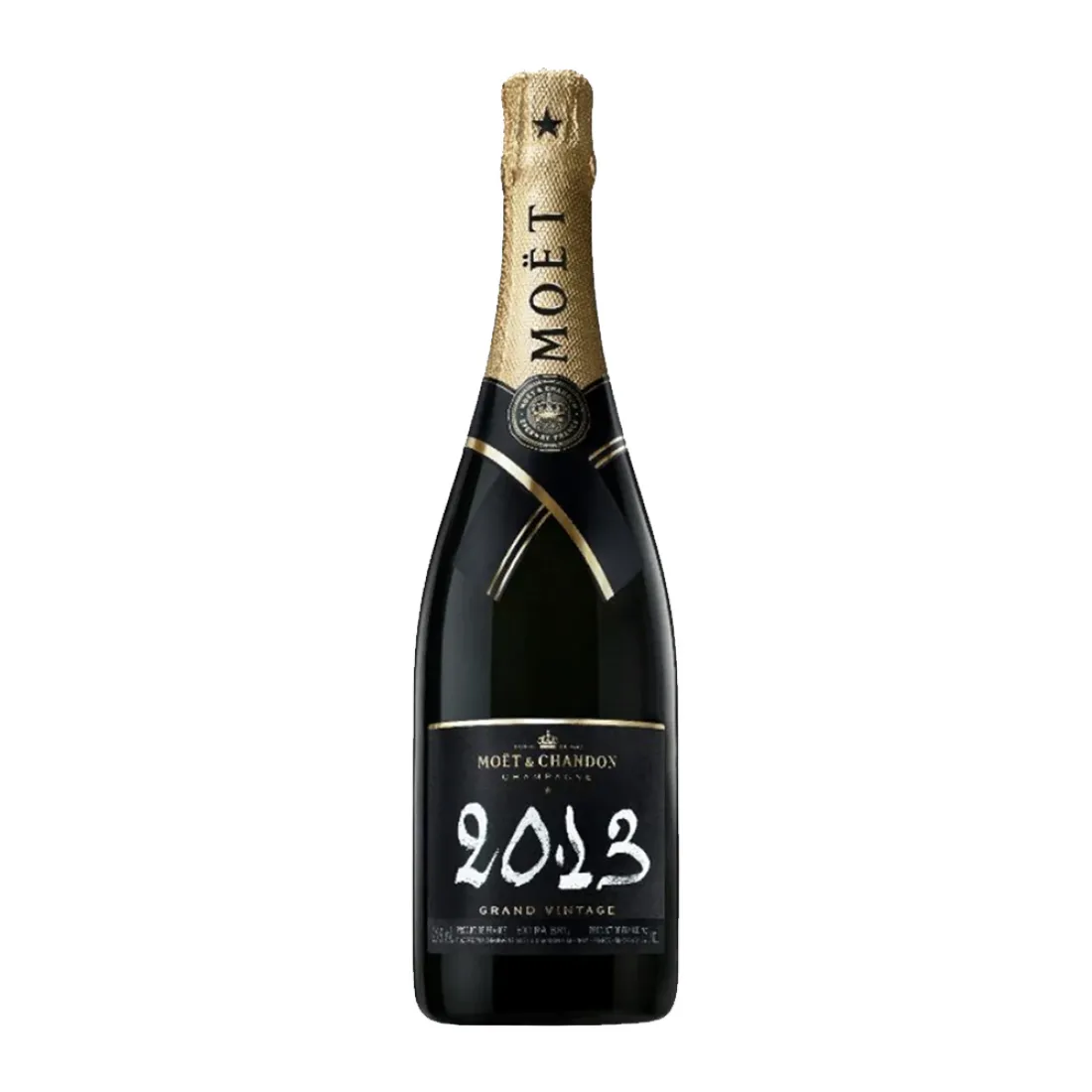
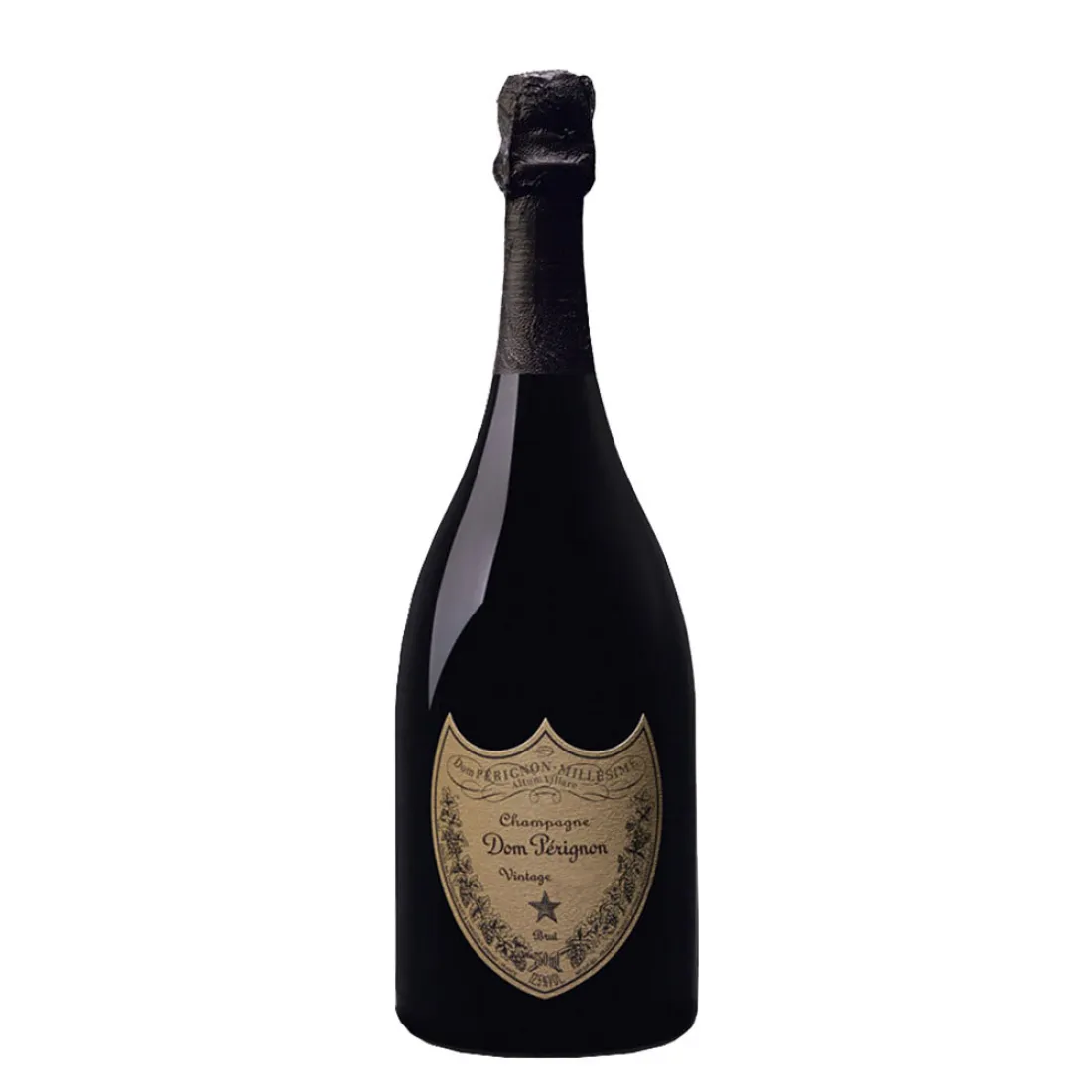
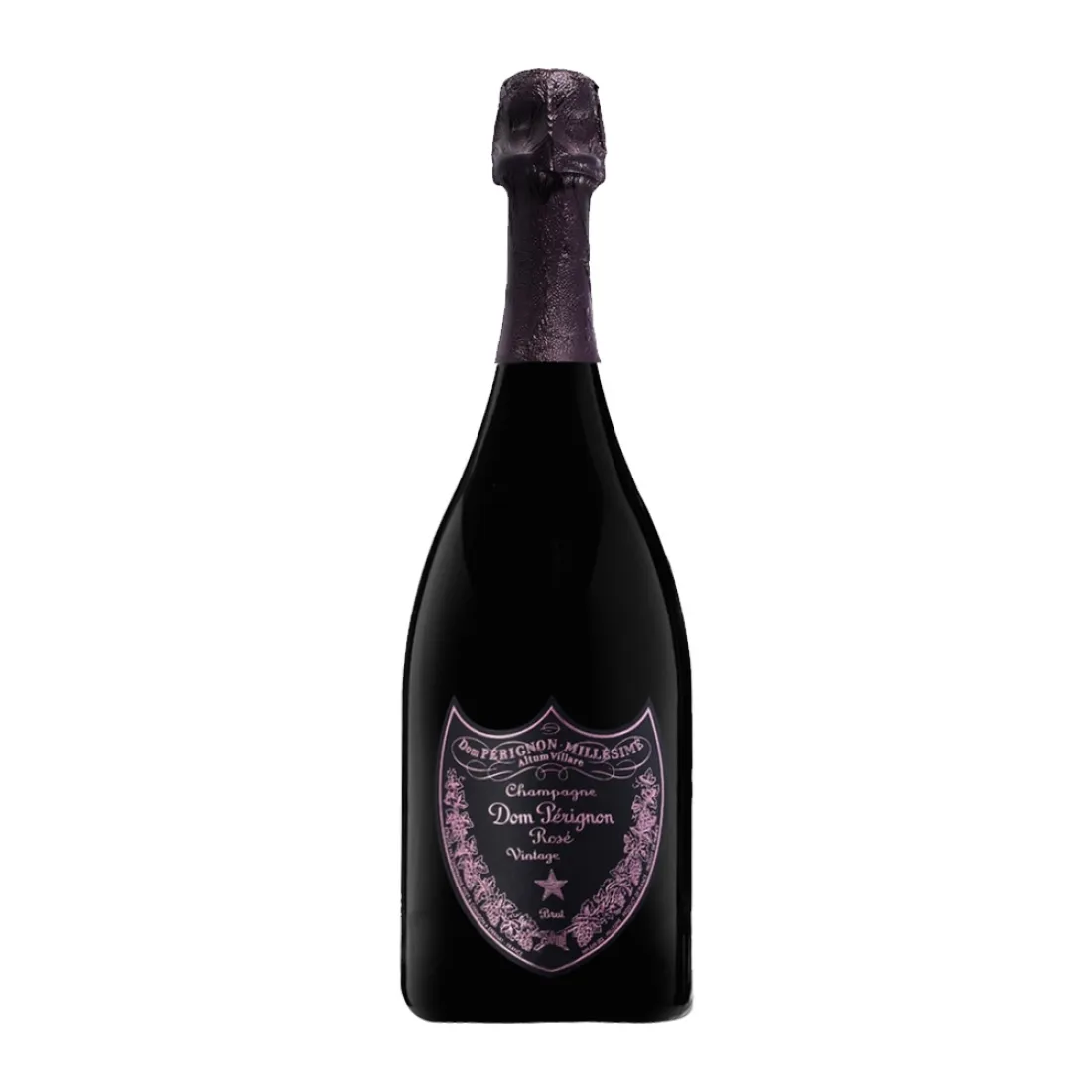
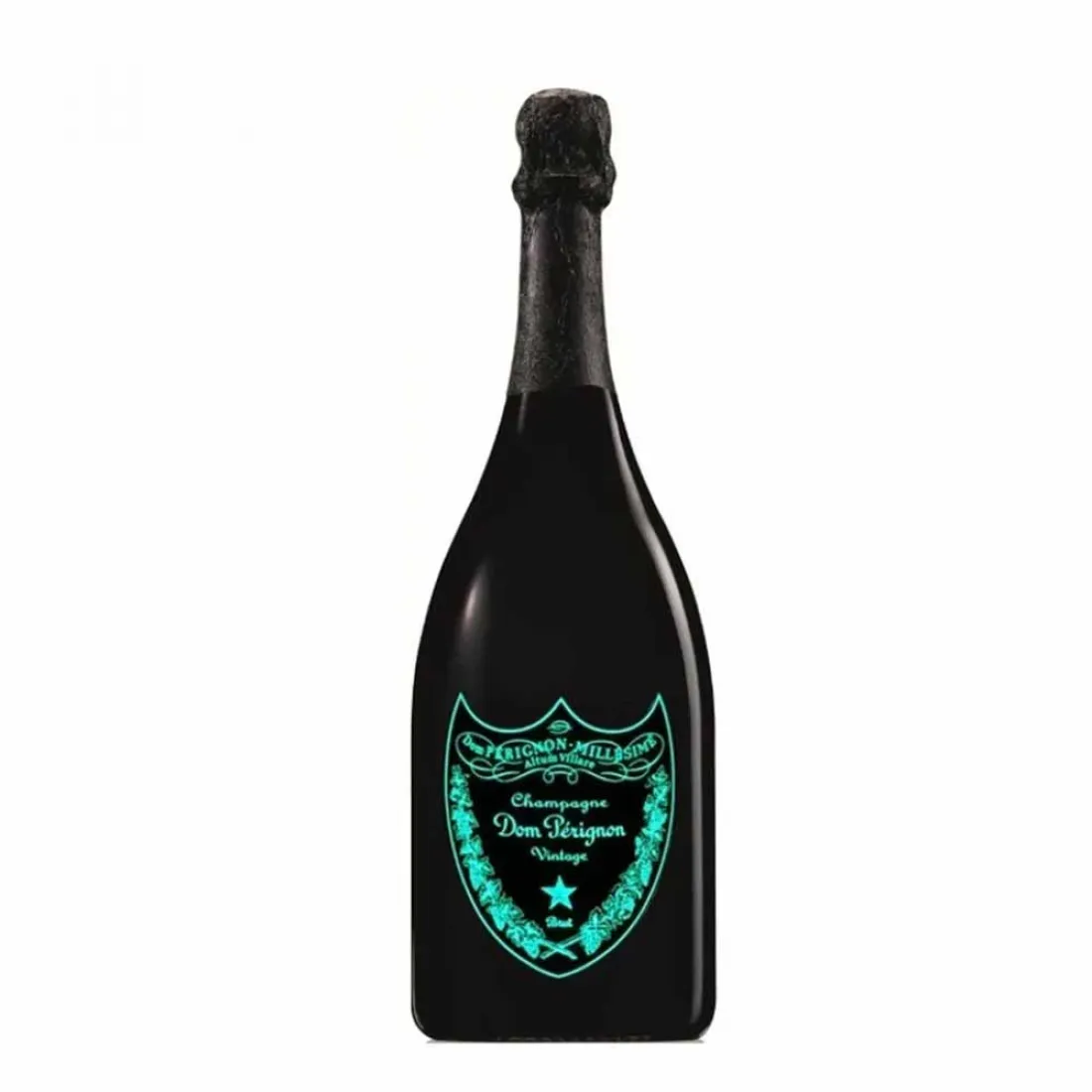
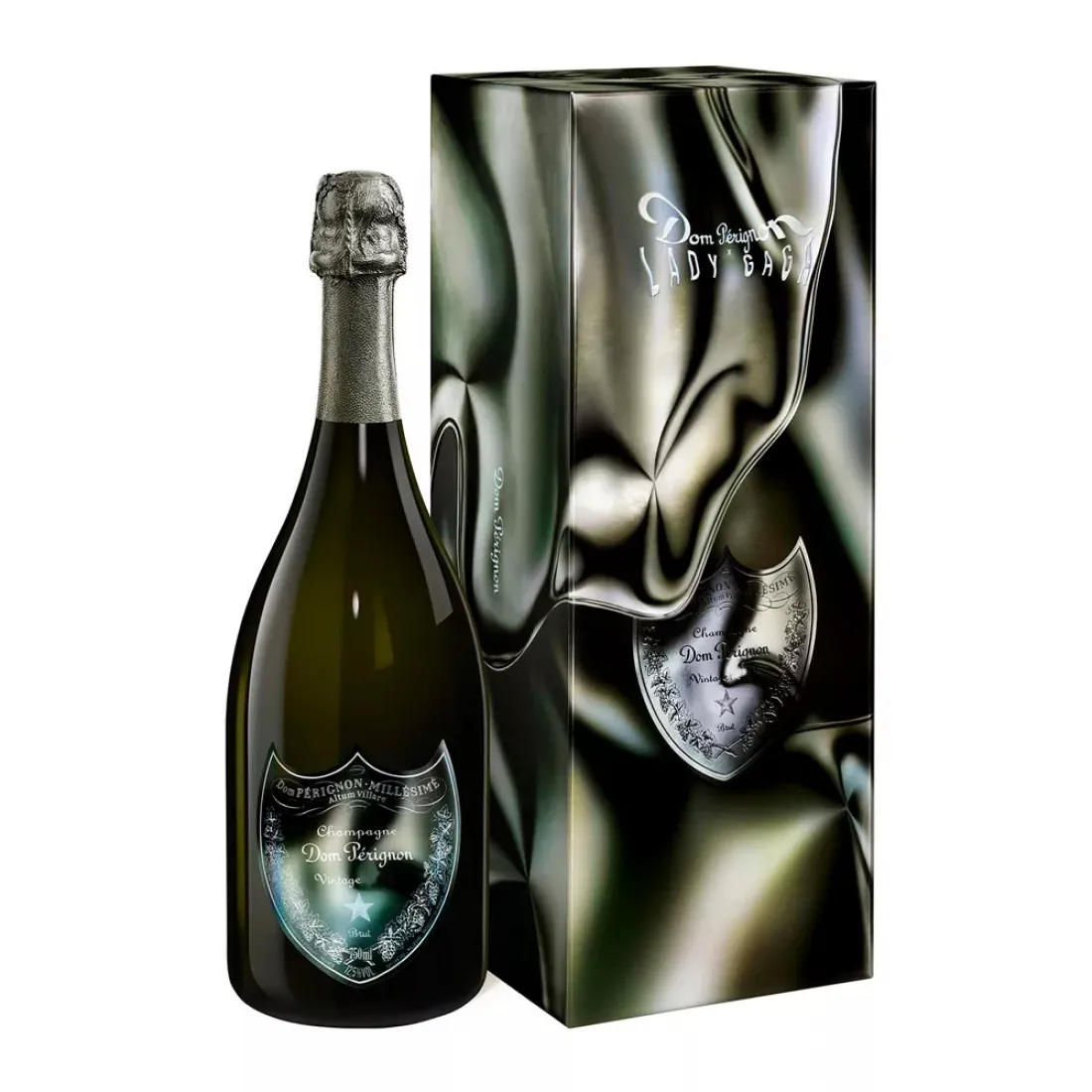
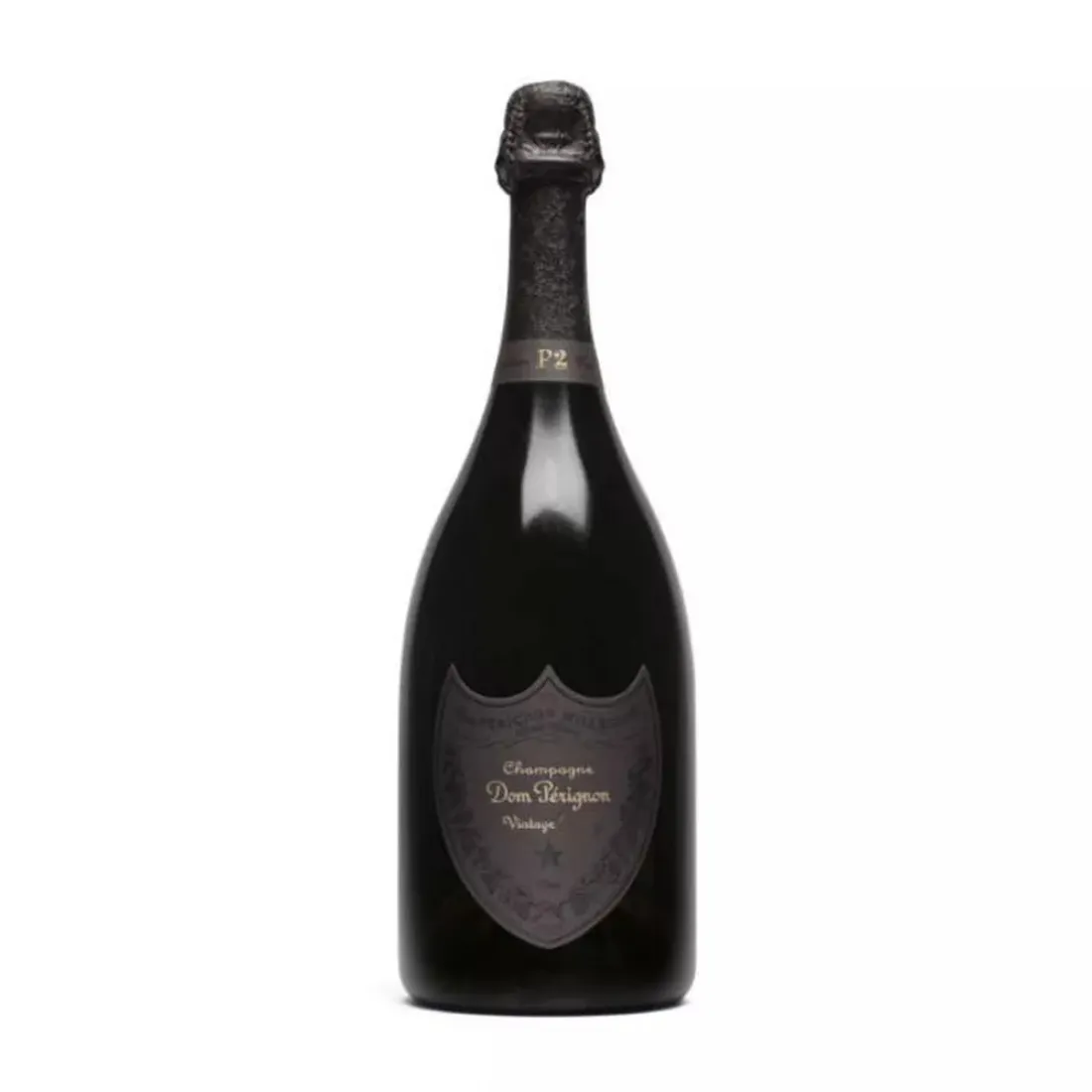
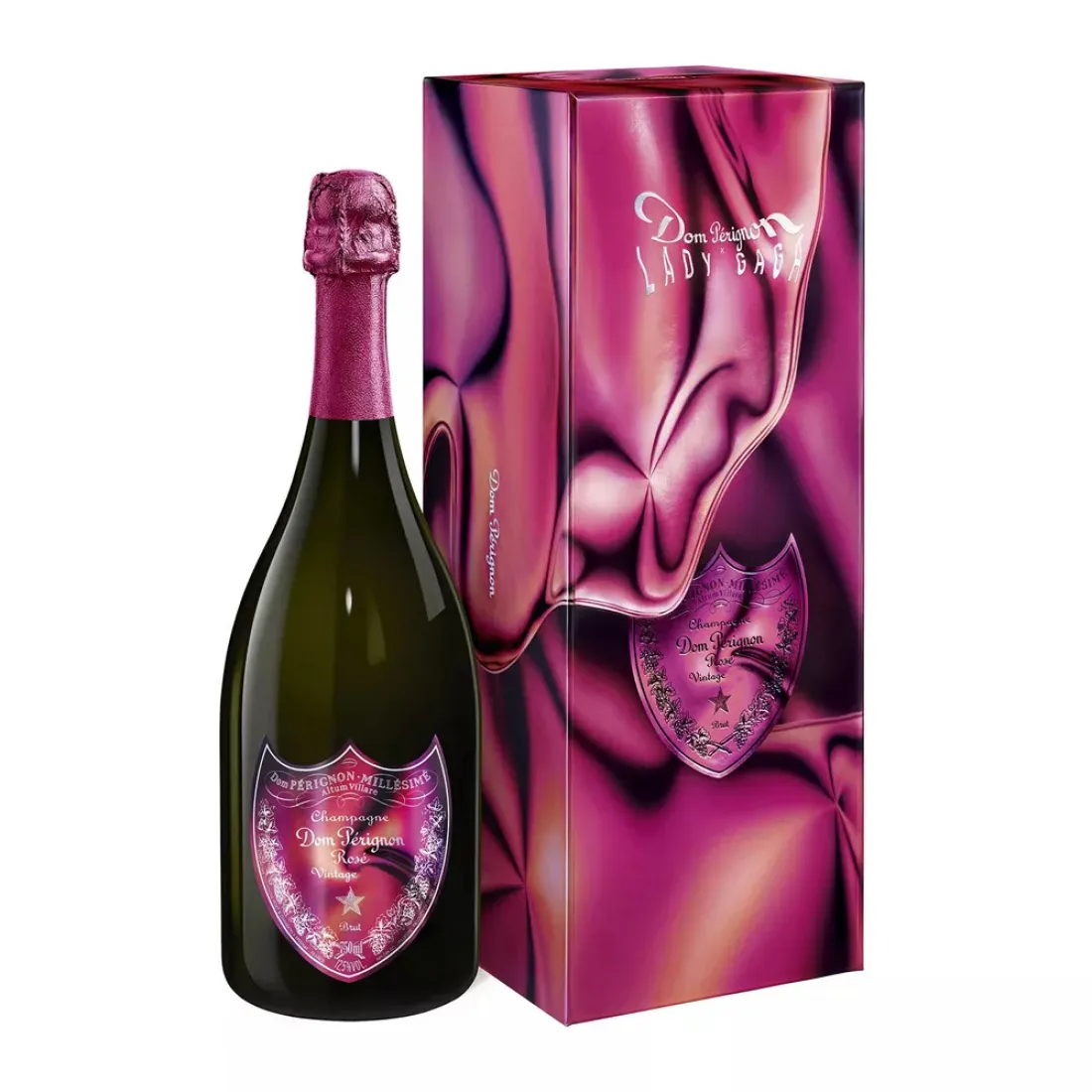
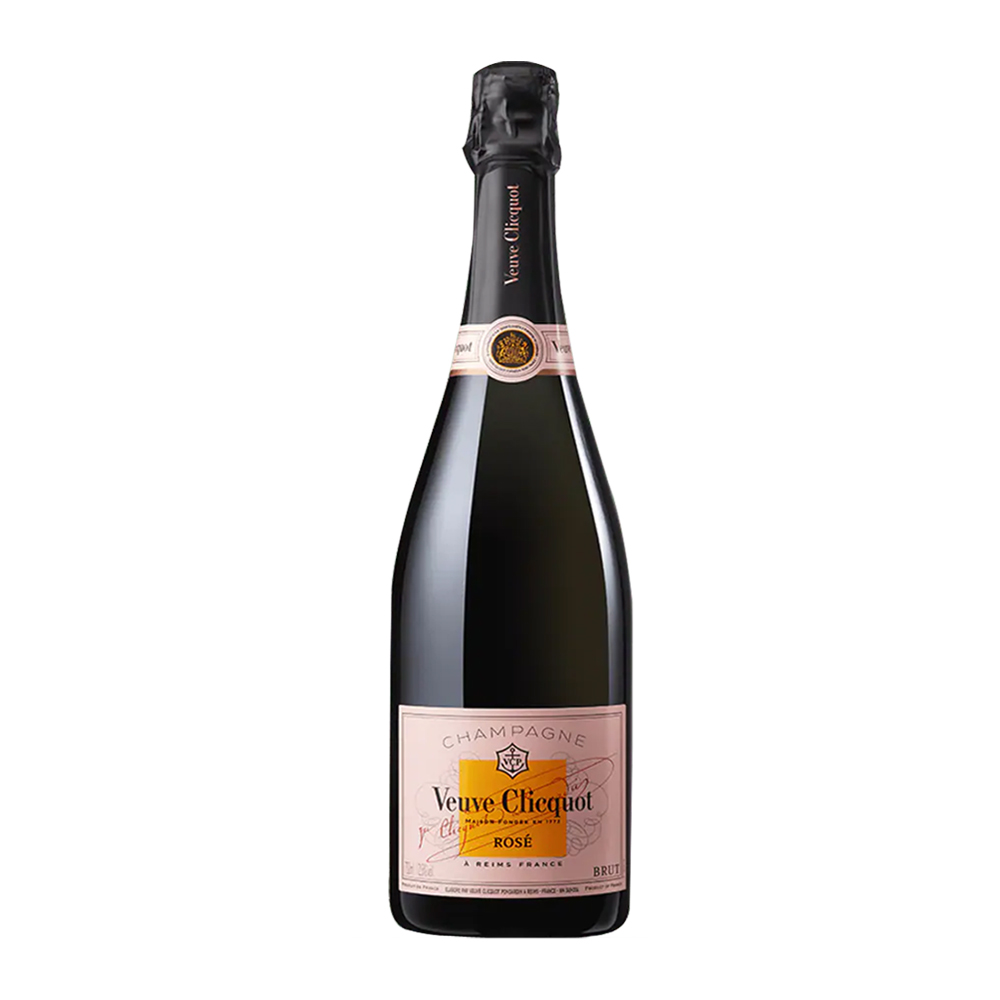
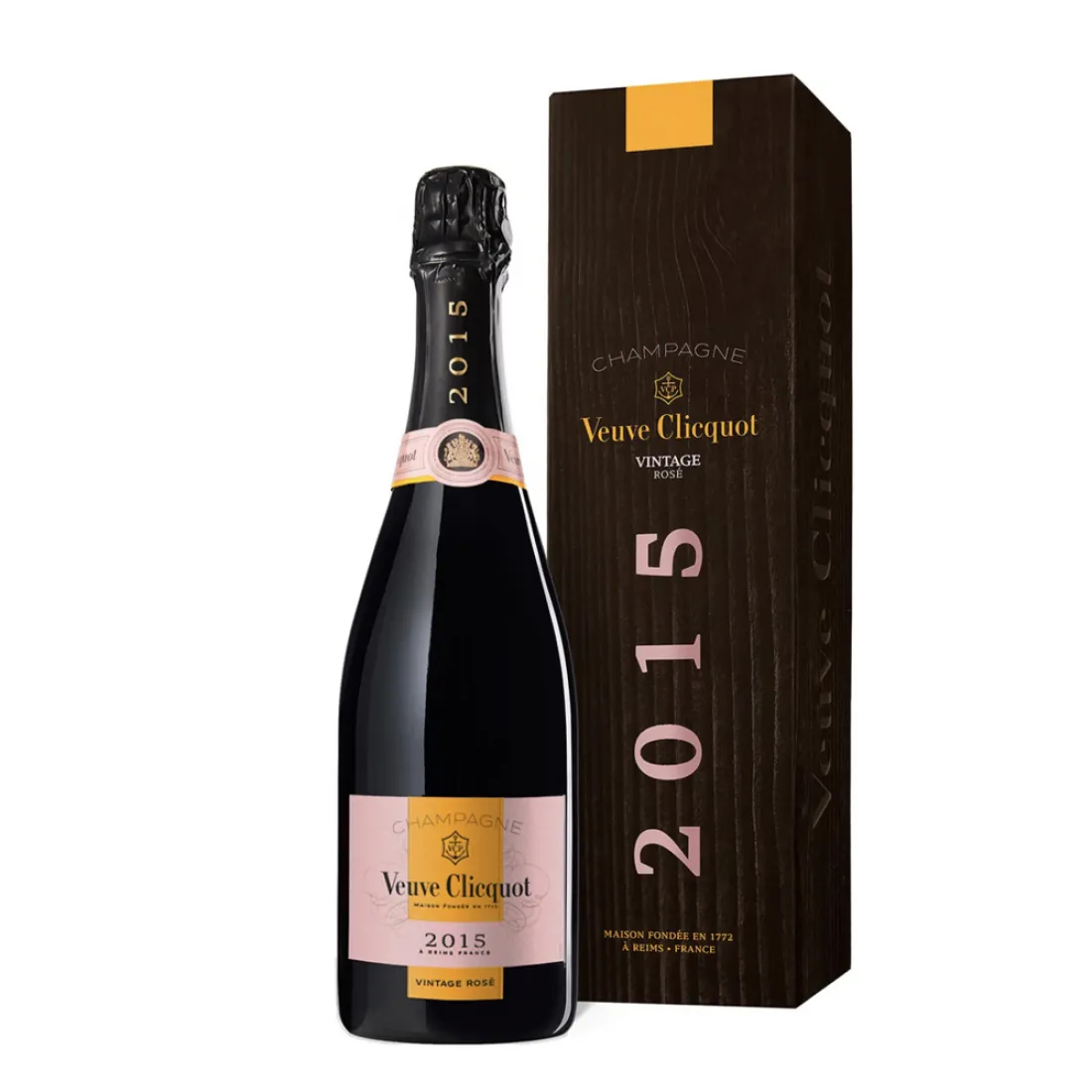

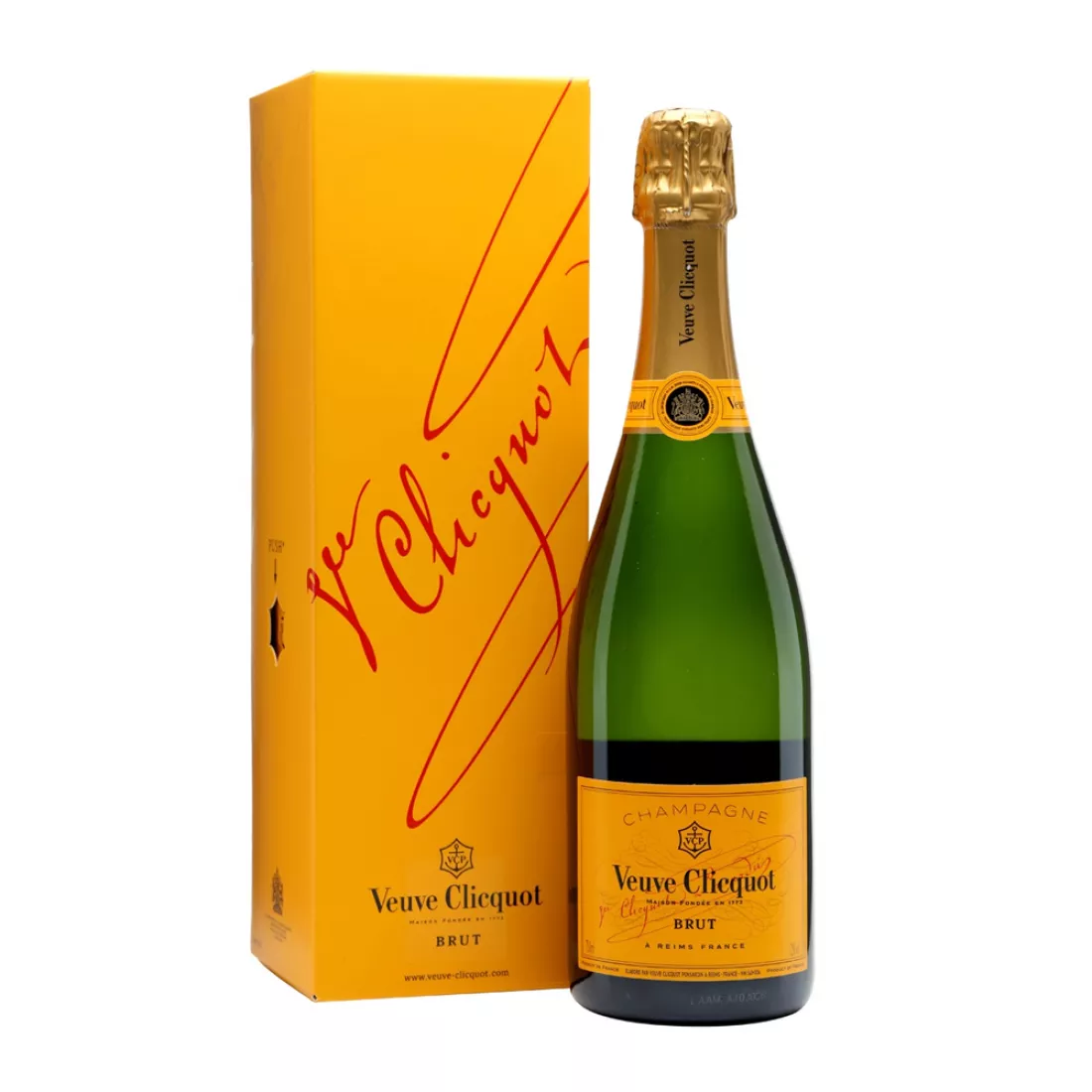
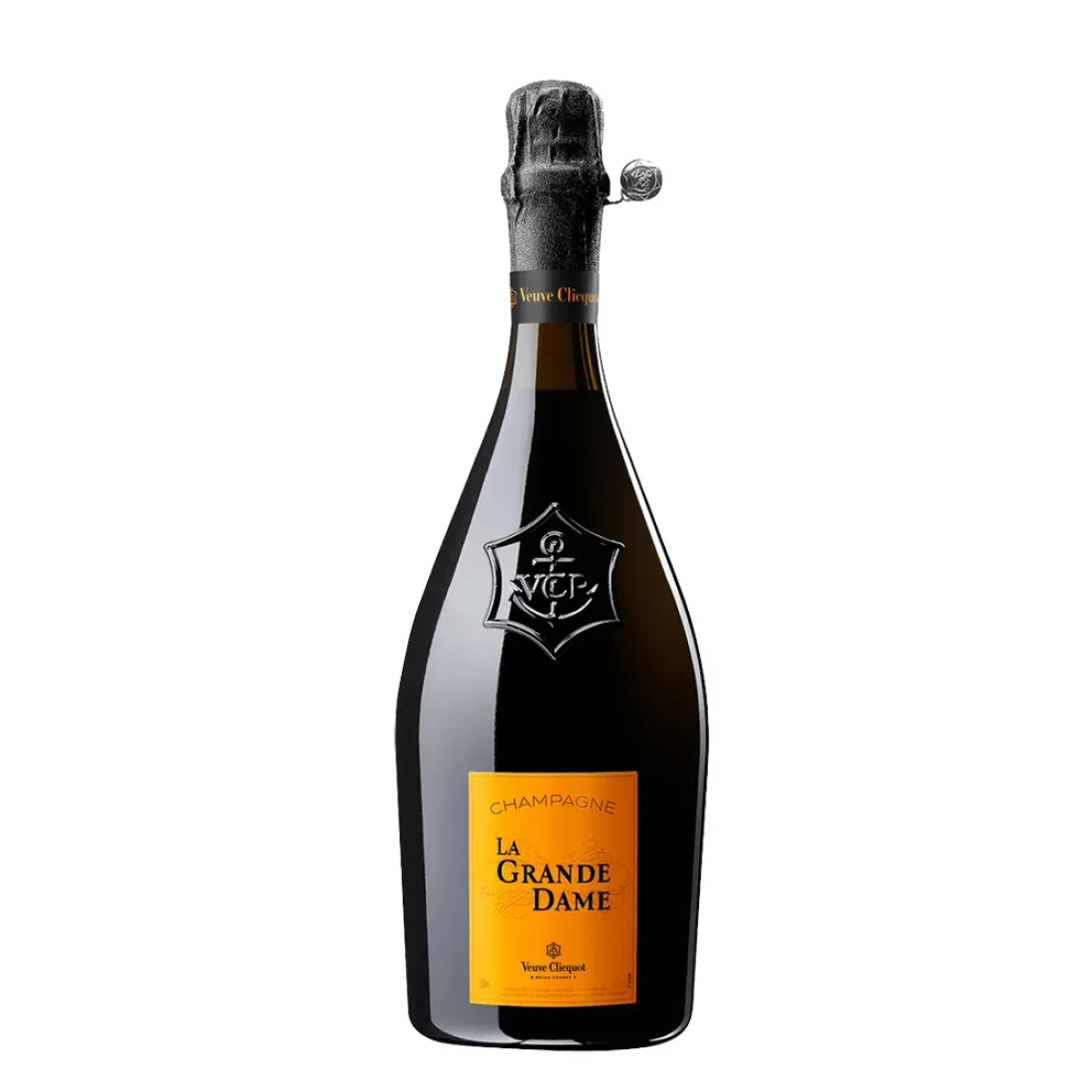
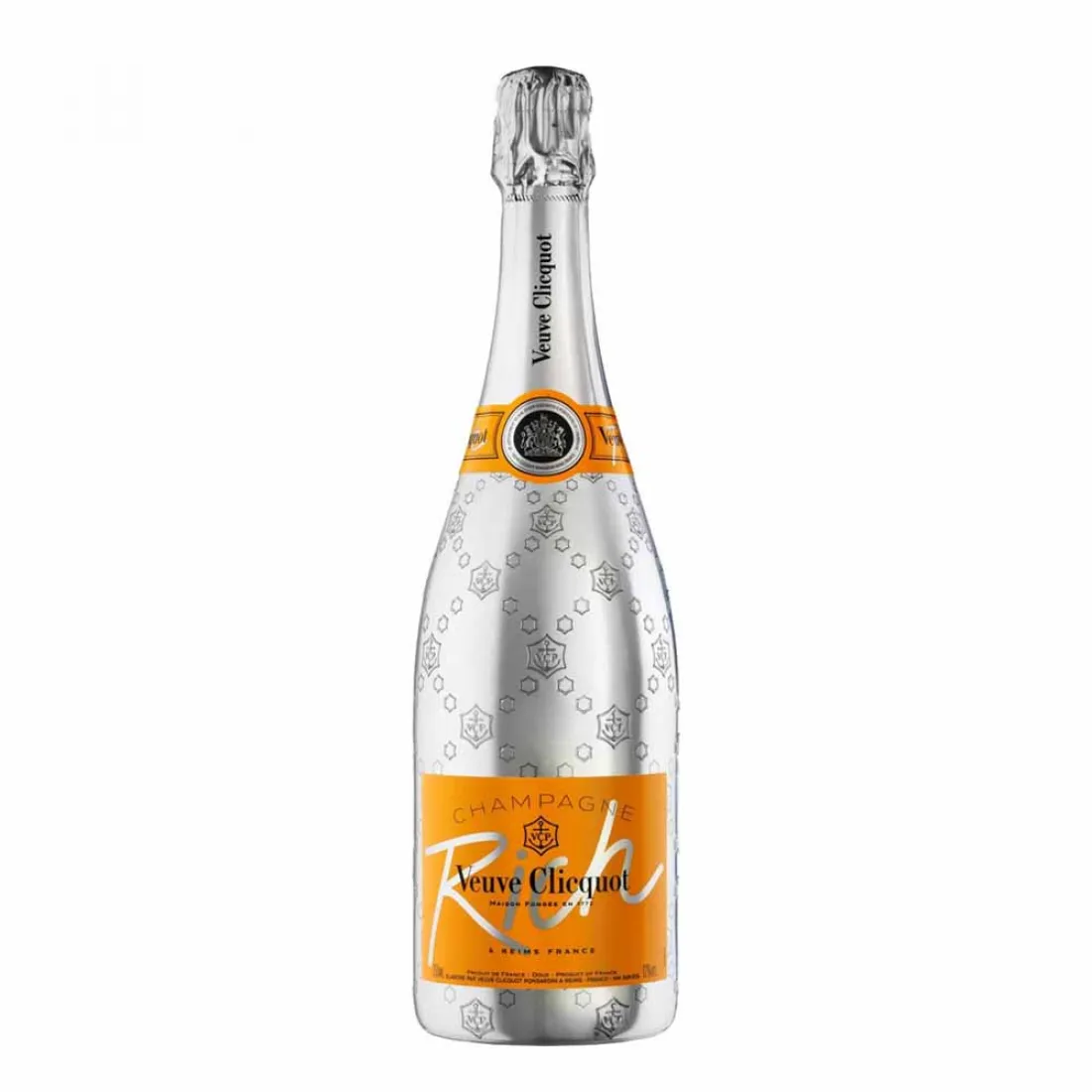

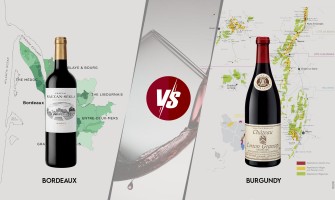
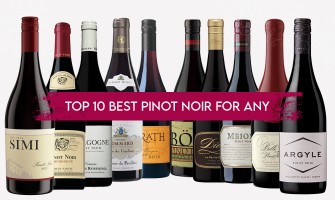
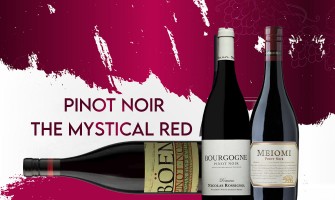
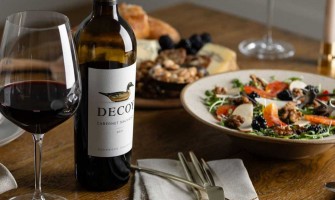
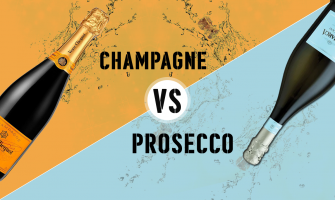

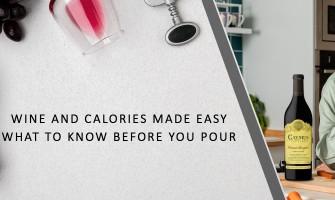





Leave a Comment